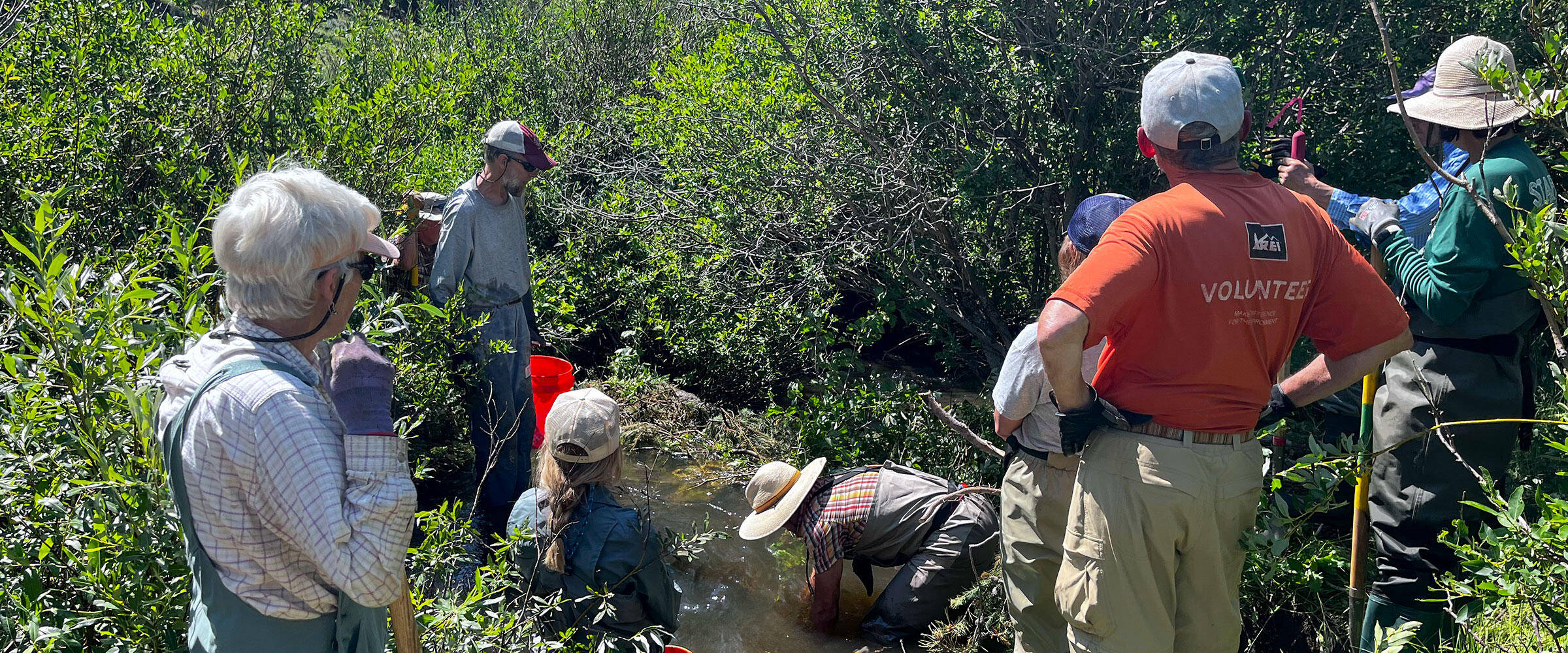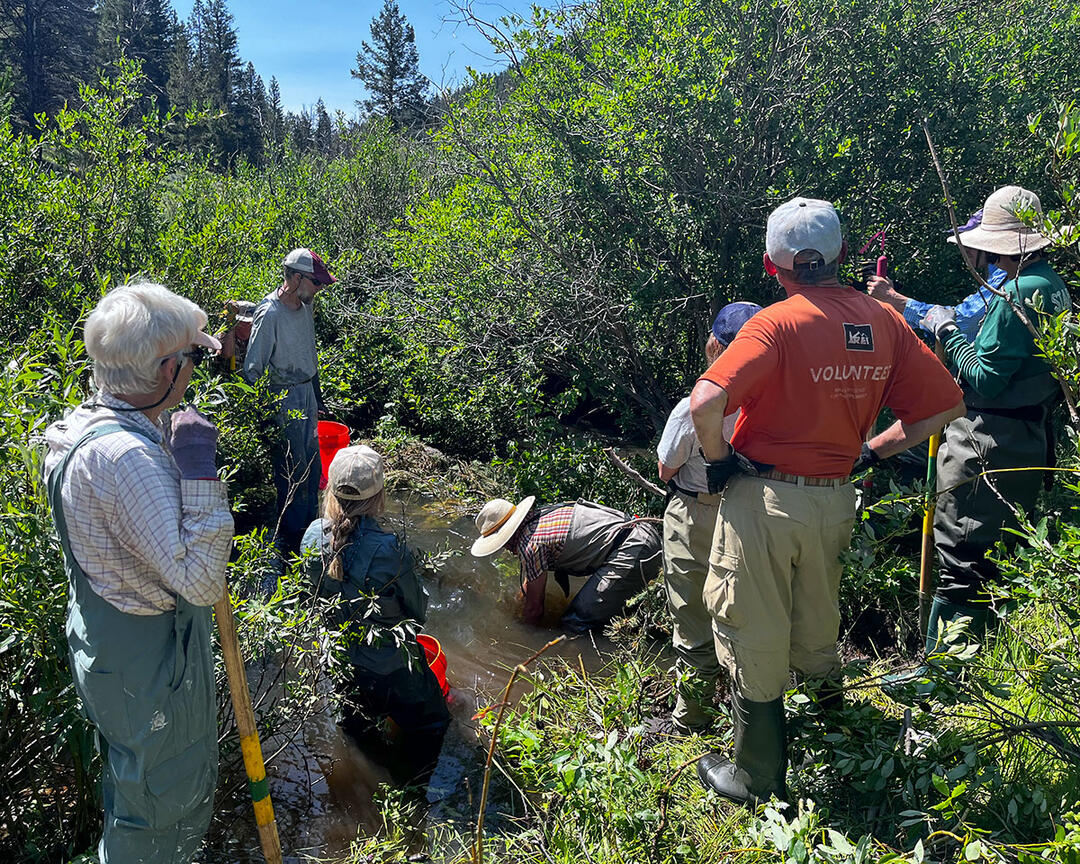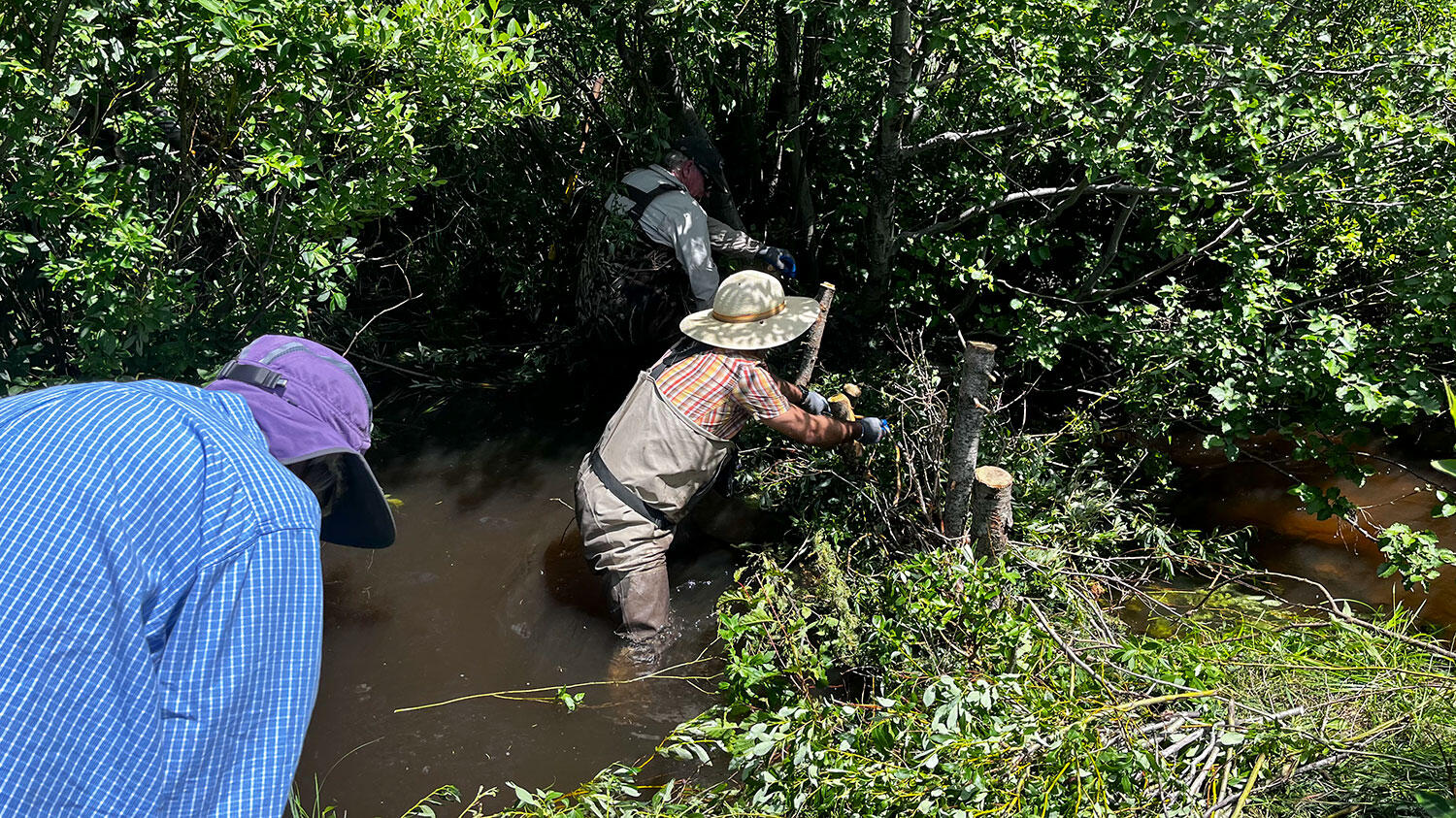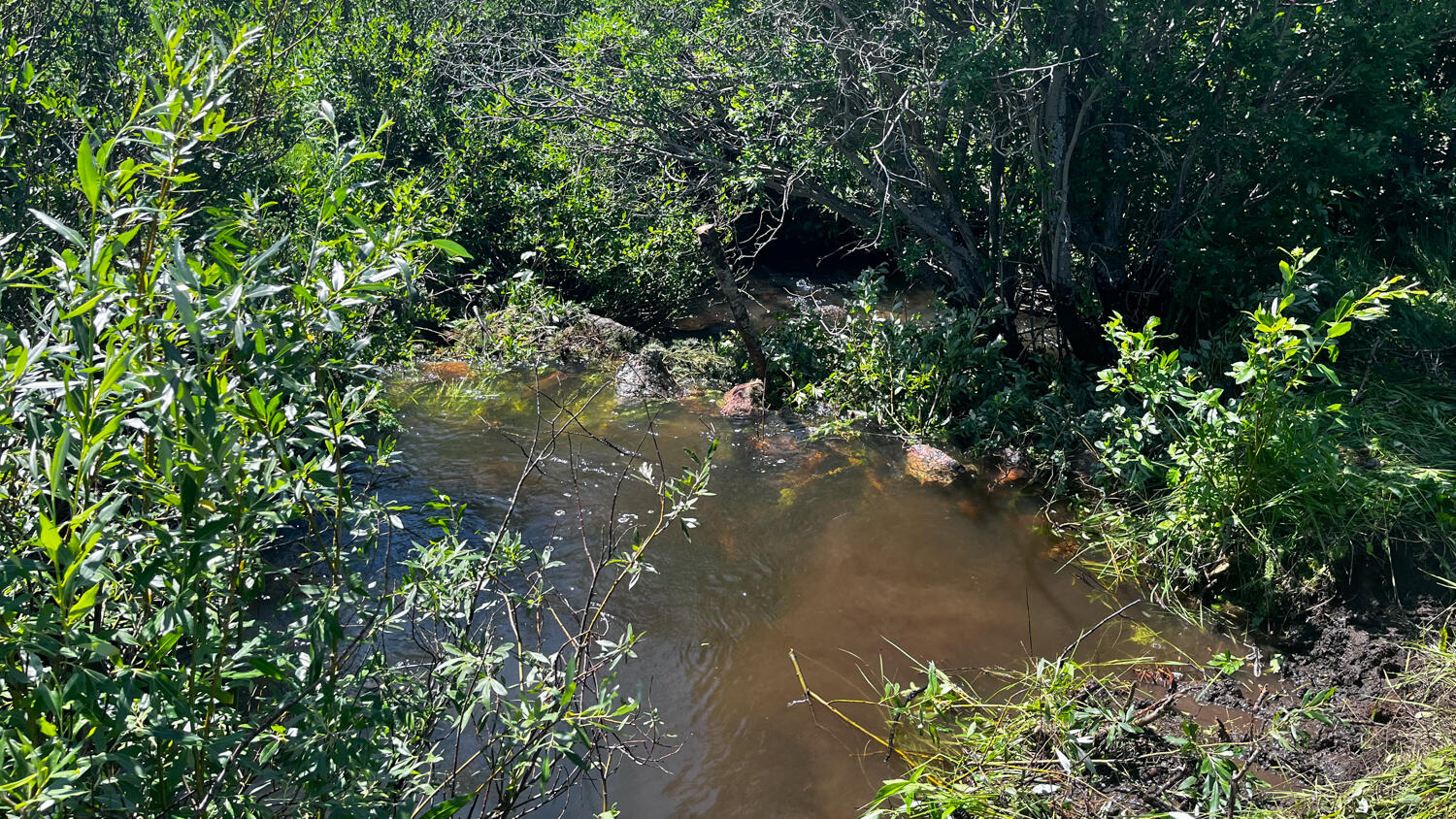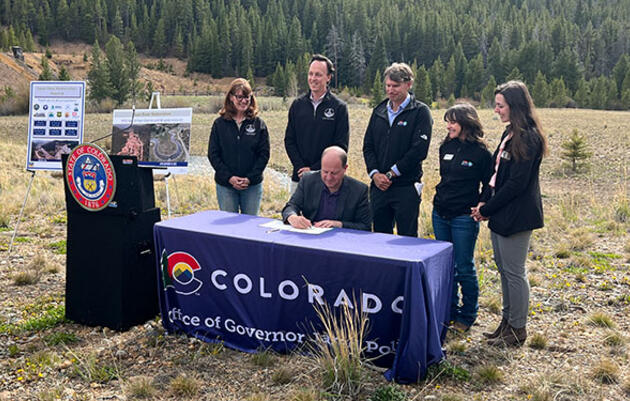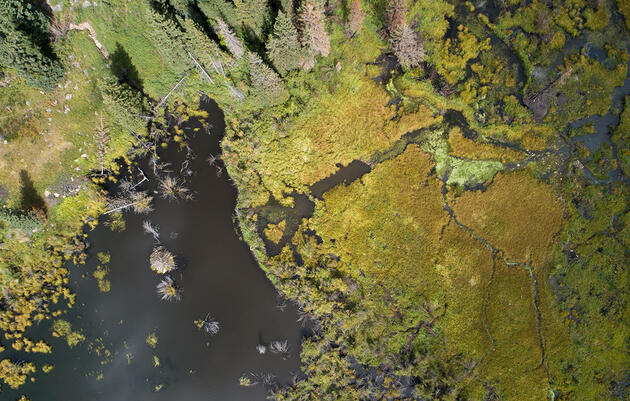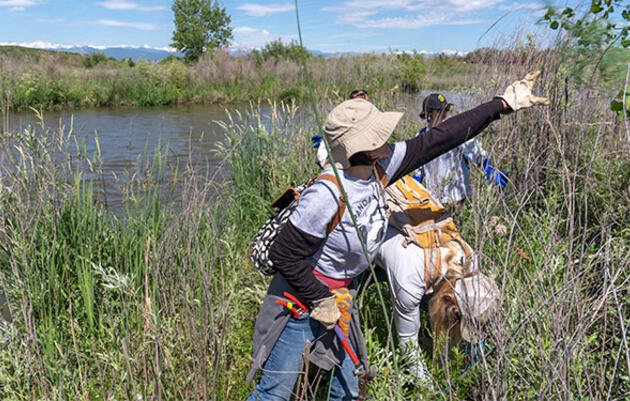During a stream restoration project last July, Wildlands Restoration Volunteers (WRV) gathered a team of volunteers to spend a long weekend building beaver mimicry structures to revive a degraded stream in northern Colorado and rebuild habitats for birds and wildlife. Beyond the ecological benefits, this project showcased the power of community engagement while emphasizing the value of diversity in stream restoration practices and the communities they serve.
Several small groups of volunteers started by gathering natural materials needed for the structures, known as beaver dam analogs (BDAs) and post-assisted log structures (PALS). This included woody material, sediment, and sod directly from the landscape. Volunteers meticulously arranged these materials, often waist-deep in water and taking turns of each role, to mimic the intricacies of beaver construction. The days ended with shared satisfaction of watching the structures begin to transform the landscape.
Stream restoration projects like these hold immense benefits for the environment and the communities they impact. By restoring natural stream processes and diverse habitats, stream restoration enhances water quality, mitigates the impacts of droughts and floods, and supports a rich array of birds and other wildlife. These revitalized waterways also act as carbon sinks, combat climate change, and serve as recreational spaces that enrich the lives of community members and visitors.
Watershed restoration work is more than just the ecological lift it provides; it is also about building connections within communities. Inclusive community involvement is vital for long-term success. Volunteers of all backgrounds and abilities participate in hands-on activities, which cultivate a sense of ownership and pride in their surroundings. Volunteers exchange knowledge, stories, and traditions as they work side-by-side, forming lasting friendships in the process.
People hold stream restoration projects in high regard due to the tangible improvements they witness. The restored waterways become living classrooms where people can better understand, appreciate, and connect to their local ecosystems. This shared experience inspires a collective commitment to environmental stewardship and fosters a culture of conservation that extends far beyond the project at hand.
Stream restoration practices also exemplify diversity's importance in projects and communities. Incorporating a variety of techniques like BDAs and PALS creates more resilient and vibrant habitats. These techniques require diversity and complexity to succeed. That is, a variety of natural materials (i.e., sediment, sod, willow, pine slash) are messily woven throughout the structure. Just as diverse ecosystems thrive, so do communities that embrace inclusivity. By celebrating and valuing diversity among community members, ideas, and cultures, we can cultivate a robust network of perspectives that can tackle environmental challenges creatively and effectively.
The stream restoration project is a testament to the transformative power of community engagement. We build thriving ecosystems and united communities by fostering diverse and inclusive practices, both in stream restoration techniques and among community members. As we continue to invest in projects that restore the natural balance of our environments, we unlock the potential for harmonious coexistence between people, wildlife, and the delicate ecosystems we all depend on.
Audubon extends sincere gratitude to Wildlands Restoration Volunteers for being a valued long-term partner and for all the impactful habitat and community work they do. The season isn’t over yet! Consider finding a project near you to contribute to your community and natural environment.

